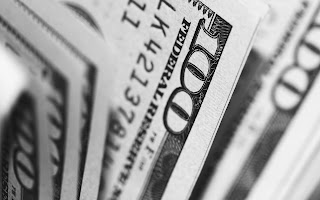Macroeconomics explained in simple terms
Macroeconomics is the study of the economy as a whole, including the factors that influence the overall level of economic activity and the behavior of the economy over time. It is concerned with issues such as economic growth, unemployment, inflation, and the balance of payments, and seeks to understand how these factors are affected by macroeconomic policy and the global economic environment.
One of the key tools used in macroeconomics is gross domestic product (GDP), which is a measure of the total value of all goods and services produced within an economy in a given period of time. GDP is often used as a gauge of the overall health of an economy, and can be calculated in three different ways: as the total value of goods and services produced (output approach), as the total income earned (income approach), or as the total expenditure on goods and services (expenditure approach).
Another important concept in macroeconomics is inflation, which is an increase in the general level of prices for goods and services in an economy over a period of time. Inflation can be caused by a variety of factors, such as an increase in the demand for goods and services, an increase in the cost of production, or an increase in the money supply. Inflation can have a number of consequences for an economy, including reducing the purchasing power of money, distorting relative prices, and eroding the real value of financial assets.To manage inflation and other macroeconomic variables, central banks use monetary policy tools such as setting interest rates and conducting open market operations. By setting interest rates, central banks can influence the cost of borrowing and the level of spending in an economy, while open market operations involve buying or selling government securities in order to influence the supply of money and credit.
In addition to monetary policy, governments can also use fiscal policy, which involves manipulating government spending and taxation, to influence the level of economic activity. For example, during a recession, a government may increase spending and/or reduce taxes in order to stimulate demand and boost economic growth. Conversely, during a period of high inflation, a government may reduce spending and/or increase taxes in order to dampen demand and curb inflationary pressures.
Macroeconomic policy is not without its challenges and trade-offs, however. For example, while expansionary monetary or fiscal policy can help to stimulate economic growth, it can also lead to higher inflation if not properly managed. Similarly, while contractionary monetary or fiscal policy can help to curb inflation, it can also lead to slower economic growth and higher unemployment.
Overall, macroeconomics is a field of study that seeks to understand the factors that influence the overall level of economic activity and the behavior of the economy over time. It uses tools such as GDP, inflation, and monetary and fiscal policy to analyze and address issues such as economic growth, unemployment, and inflation, and seeks to understand the trade-offs and challenges involved in macroeconomic policy.




Comments
Post a Comment